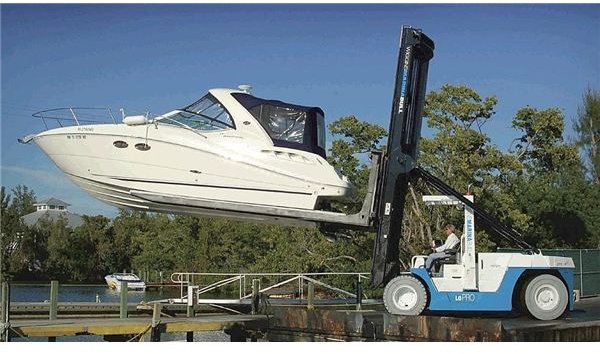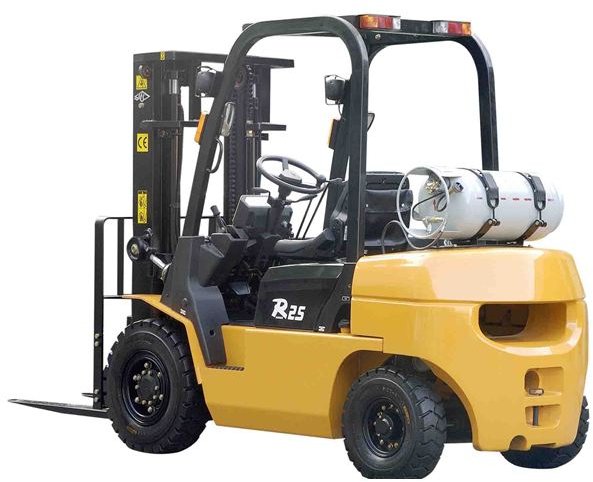Fork Lift Trucks - Forklift Design, Parts, and Operation
What Is A Forklift Truck
Forklift trucks are basically small trucks that are utilized for the lifting and moving of heavy loads, using an extended attachment. This attachment protrudes outwards from the front or the side. These trucks are extensively used in the construction industry, warehouses, and industrialized units for loading and shifting tasks. To shift loads, the prongs are inserted below the pallet and then raised by a mast. Forklifts may be powered hydraulically, electrically, or with internal combustion engines. These trucks are designed for indoor or external applications. The truck has a specified lifting capacity that should not be exceeded. It has either solid or pneumatic tires. To ensure protection, safety rails and revolving turntables are normally fitted for the counterbalance and prevention of tilting. It is also known as a lift truck, trailer loader, and a fork hoist. The forklift truck is now considered essential equipment for a large number of applications.
Parts of a Forklift
The main components of a forklift are:
Frame
It is the stand of the device. Axles, wheels, mast, counterweight, guard, and the source of power are attached to the frame. The frame can include the fuel tank and the hydraulic fluid tank.
Counterweight
It is a big iron mass that is attached at the rear of the truck frame. The counterweight is included for the counterbalancing of the load that is lifted. The lead acid battery may perform as a counterweight in a electric forklift.
Cab
The cab includes an operator chair, steering wheel, control pedals, switches, levers, and the dashboard. The cab can be either enclosed or open, but is normally covered by a top guard assembly.
Overhead Guard
It is a metallic roof that is supported at the corners by the cab posts, for the protection of the operator. Usually, the overhead guard is

included in the frame assembly.
Source Of Power
The power source may be an engine that is powered by diesel fuel, gasoline, CNG gas, or LP gas. Fuel cells or a battery supplies power to the electric forklifts. The electric motors may be AC or DC types.
Tilt Cylinders
These are hydraulic cylinders mounted on the frame of the truck that are used for the pivoting of the mast. This action assists in the engagement of the load.
Mast
It is the straight mechanism used to raise or lower a load. It consists of interconnected rails that provide the lateral stability. These rails can have rollers, or the bushings as guides. The mast is operated by hydraulic cylinders, or by chains obtaining power from a hydraulic motor. It may be fixed on the front axle, or with the forklift frame.
Carriage
Carriage is the component on which the forks and the attachments are mounted. It moves in the vertical direction by the chains. Alternatively, it can be attached with the hydraulic cylinder.
Attachments
There are several attachments used for a variety of purposes, including forks, rotators, clamps, and poles. The rotator aids in skid handling when tilted excessively.
Forklift Operation
Forklifts are designed for specific loads and a particular centre of gravity. The loads should not exceed the forklift specifications. A significant feature of the forklift operation is the rear wheel drive steering function. This operation increases the forklift

maneuverability in difficult turning situations. Another serious forklift attribute is its instability. The forklift with the load becomes one unit. It has a constantly variable centre of gravity that changes with each load movement. A forklift is not normally designed for turning at a high speed when moving with a load that is raised. In such a state, the gravitational and the centrifugal forces can combine to produce a tragic turnover.
